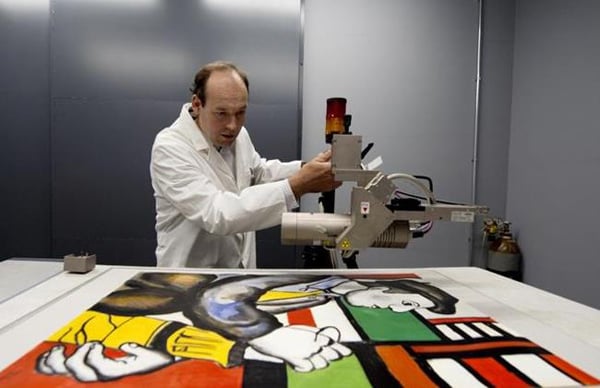Law & Politics
50 Percent Art Forgery Estimate May Be Exaggerated… Duh


Sarah Cascone

Art collectors alarmed by the claims that 50 percent of art are fake may be overreacting. As reported by the Daily Beast, that figure is far from verified, and while there are plenty of suspect artworks on the market, the ratio is hardly one to one.
There’s nothing like a provocative claim to set the art world on edge, and Switzerland’s Fine Art Expert Institute (FAEI) did just that last week when they estimated half of the works on the market were forged or misattributed (see “Over 50 Percent of Art is Fake“). That being said, executive director Yann Walther is already beginning to back-peddle, telling the Daily Beast that the Institute is by nature going to run into a higher percentage of fakes, as collectors usually have some reason to be suspicious of the works they send to have authenticated.
While science can effectively identify whether or not the materials are accurate to the era, forgers are increasingly savvy on that front, and a restored work will often bare traces of more modern materials, making authenticity more difficult to determine.
The issue is further complicated by the formerly common practice of wealthy art owners having copies of their most valuable art made by competent artists. This would allow them to hang the prized piece in multiple homes, or hang onto a copy once the more valuable original was sold. In case of particularly prolific artists such as Corot, known to have painted some 3,000 canvases, distinguishing his originals from contemporaneous work by other artists is a near-impossible task.
In canvassing other experts, the Daily Beast got a wide range of estimates— 99 percent of possible Van Goghs are by another’s hand, claims expert Eric Potsma, while Dublin art dealer Oliver Sears pegs the number of fakes circulating at a tiny two percent, stressing the difference between fakes—”works by other artists that are passed off as works by more important artists”—and forgeries—” works made deliberately to resemble the real thing.” Discerning the truth, however, may be beyond our grasp.